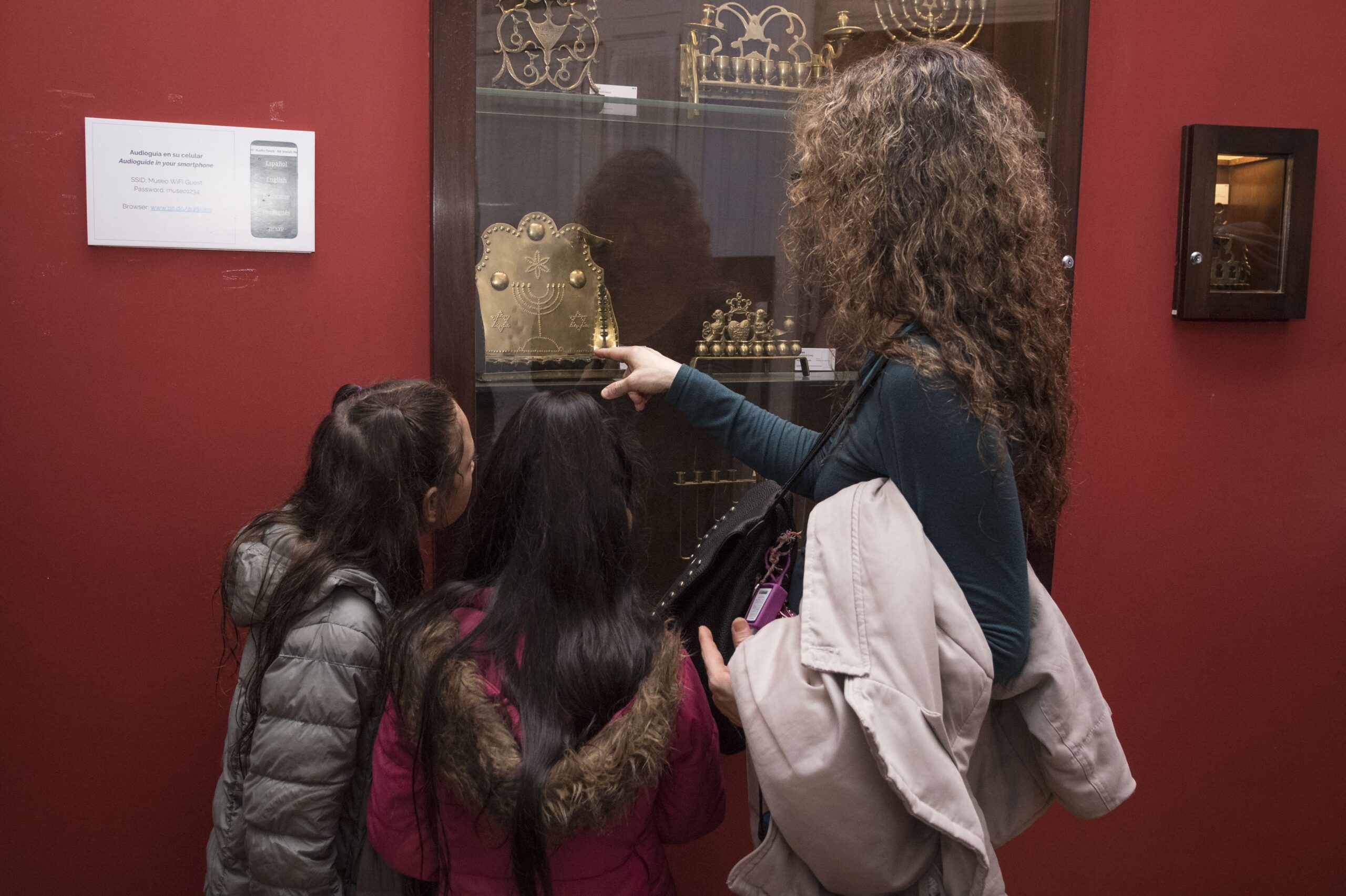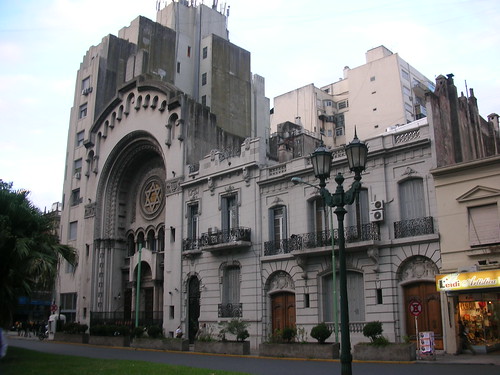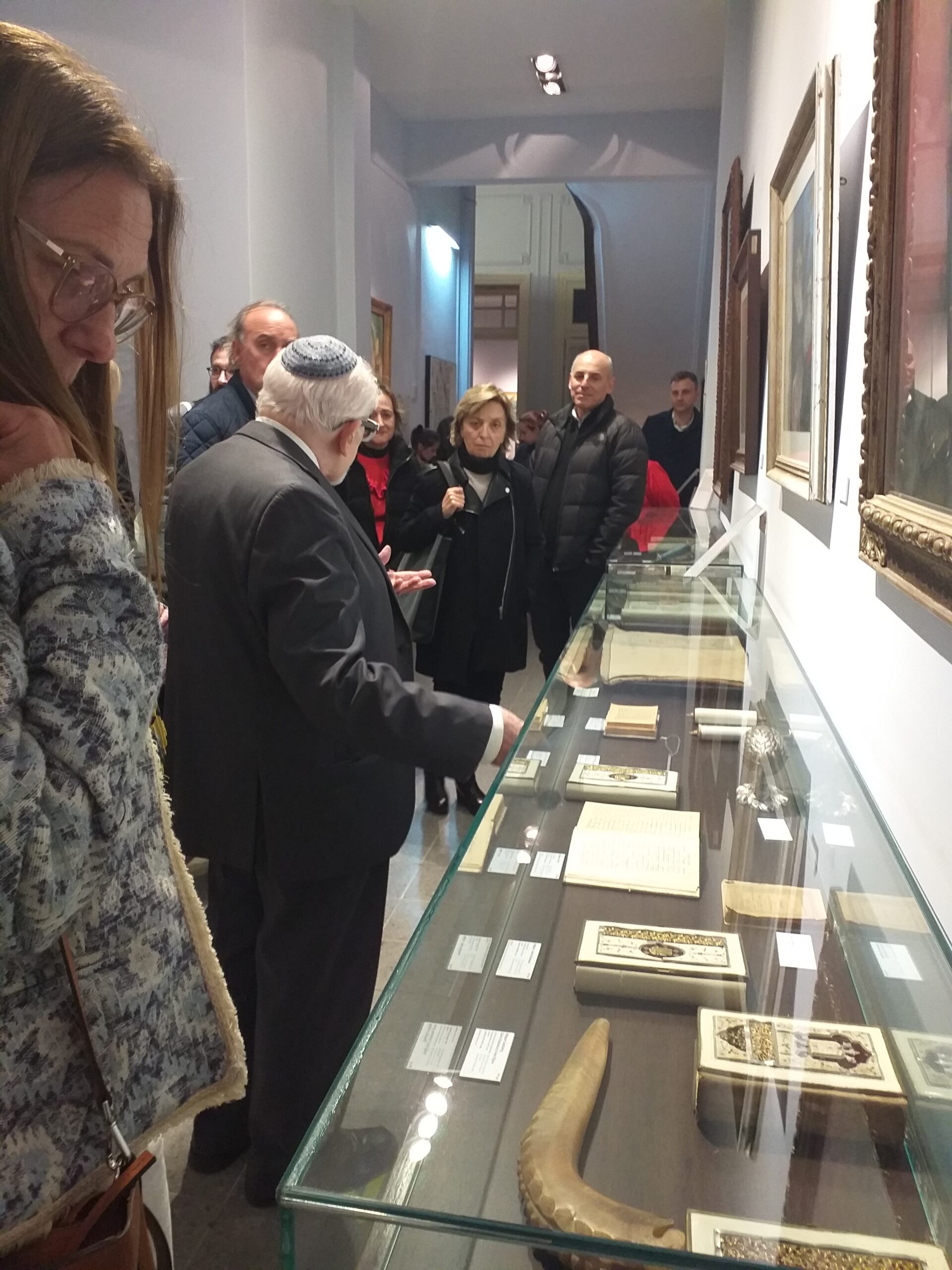La exposición permanente plantea un recorrido que cada visitante cargará de sentido y sensaciones propias. Se inicia con la historia de los judíos como pueblo milenario y la conservación y desarrollo de la cultura a través de sus diversos exilios. La Torá, sus ornamentos, el culto público y privado y el Ciclo de Vida son algunos de los aspectos relevantes, que se relatan a través de objetos religiosos y de la vida cotidiana de diversa procedencia.

Continúa el recorrido histórico hacia la especificidad del proceso inmigratorio judío en Argentina. La Ley de Inmigración, la creación de la JCA por el Barón Moritz von Hirsch y la colonización de las áreas rurales se evocan a través de elementos que dan testimonio de la vivencia particular de cada familia, desde la llegada del Vapor Wesser con 820 judíos en 1889. Se destacan listas de barcos y escritos originales del padre de la literatura judeo-argentina, Alberto Gerchunoff.

Adyacente al Museo se encuentra la Sinagoga de la Congregación Israelita de la República Argentina (Templo Libertad), con su imponente arquitectura del estilo eclecticista historicista neorrománico de primera mitad del siglo XX que representa el puntapié inicial de la historia de los judíos en la Argentina moderna.

The permanent exhibition presents a retrospectiv that every visitor will charge with their own meaning and feelings. It traces the history of the jews as an ancient people and the preservation and development of the culture through their various exiles. The Torah, the ornaments, the public and private worship and life cycle are some of the importants aspects that are recounted through ancient objects from the diferent backgrounds.

It continues through history of Jewish immigration process in Argentina. The Immigration Act, the creation of the Jewish Colonization Association founded by Moritz von Hirsch and the settlement in rural areas are evoked through elements that testify the particular experience of each family since the arrival of the Wesser Ship in 1889 with 820 jews. Some objects to stand out are passenger list and original hand-writings by the father of the Jewish literature in Argentina, Alberto Gerchunoff.

Adjoining the Museum is the Syangogue of Templo Libertad, with its impressive eclectic historical neo-romanic style, architecture from the first half of the 20th century, representing the start of the history of the jews in modern Argentina.